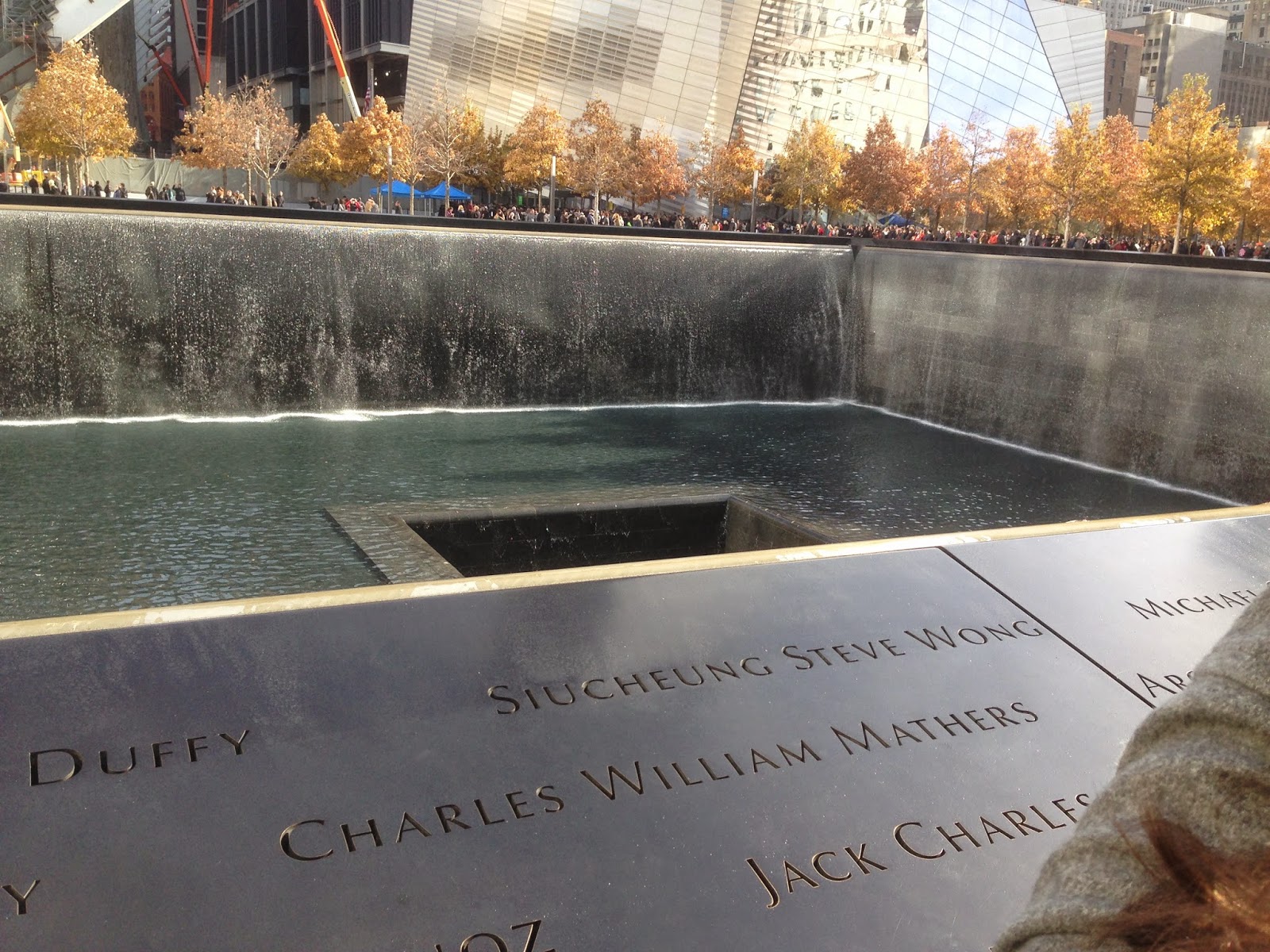Today's appointment was an easy one. The outside of the thigh wasn’t bad; the back of the leg, above the knee, was a little worse. Shinji sounded like he was coming down with a cold. With his sniffling, I was reminded me of one of my sessions with Horiyoshi III when he was working on my arm on one of my last trips to Yokohama, in Japan:
Getting tattooed by hand, Japanese style, means instead of a Western-style tattoo machine, the tattooer is using a handle, maybe a foot long, to which a needle cluster is attached to the end. Assuming the tattooer is right-handed, the handle is held in the right hand, while the left rests on the client, putting pressure on the skin and guiding the handle’s end, where the needles are puncturing the skin. (A quick Google search turns up numerous videos showing the technique.)
In Horiyoshi’s case, the needle cluster is metal and able to be sterilized (run through an autoclave), while the back part of the handle was not. That being the case, he would use a glove on his left hand, the hand coming in contact with the skin, and sometimes leave his right hand ungloved. This made it easier for him to multitask, such as talk on the phone while tattooing—a typical conversation on his end was pretty much: “Hai…. Hai…. Ungh…. Ungh…. Hai…. Hai…." *click*—and it also allowed him, when he had a bad cold, to grab tissues, blow his nose, and dispose of the tissue with the ungloved hand—all while barely pausing the prick, prick, prick of the tattoo.
Now, Horiyoshi 3 followed standard precautions when tattooing, and being a piercer (and one who teaches classes in bloodborn pathogens), I had no doubts about the sterility of his tools and the cleanliness of his technique, but on the day when he had a bad cold—and was pausing every fifteen minutes of so to blow his nose—I was pretty sure within the next few days I was going to have a cold too.
And I did.





